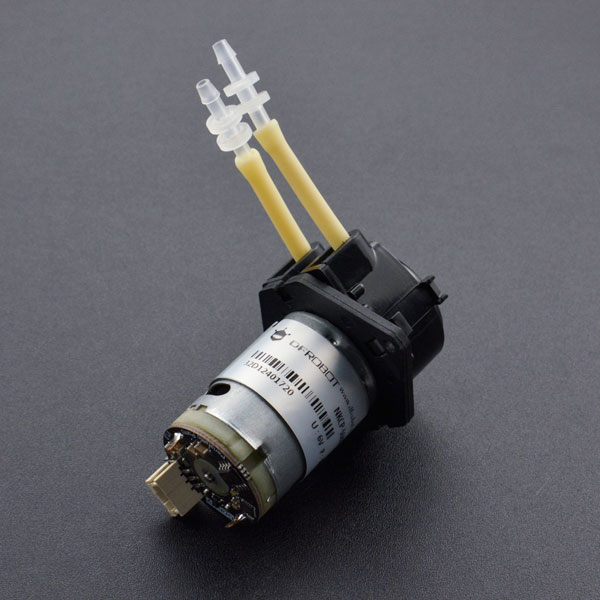Detailed frog skeleton model
Detailed frog skeleton model, life size, with numbered members:


€36,00 incl. VAT
Detailed frog skeleton model, life size, with numbered members:
1)Neurocranium
2) Maxilla
3) Mandible
4) Vertebrae
5) Urostyle
6) Scapula
7) Coracoid
8) Sternum
9) Interspinal bone
10) Humerous
11) radioulna
12) metacarpus
13) phallanges
14) femur
15) tibio fibula
16) tarsus
17) metatarsus
18) phalanges
Specifications
Box size: 14x10x5cm
Material: PVC
Frog size: life size
color: bone
In plastic box
Frogs are amphibians. They live in water or on land. Their anatomy is very unique. Their bodies are similar to humans in that they have skin, bones, muscles, and organs. The body of a frog can be divided into head, short neck, and trunk.
The head contains the brain, mouth, eyes, ears and nose. The movement of the frog head is limited due to the short, almost rigid neck. The coelom holds all the internal organs of the frog. Frogs have the same types of organs as humans and the same organ systems.
There are about 3,000 known species of modern amphibians, including Anura (frogs and toads), Urodela (newts and salamanders), and Gymnophiona (burrowing amphibians). The word amphibian means “both sides of life,” derived from the Greek amphi, meaning of both, and living being, meaning of life.
The frog’s digestive system begins with the mouth. Frogs have teeth along their upper jaw called upper jaw teeth, which are used to grind food before swallowing. These teeth are very weak, and can not be used on agile prey or damage. Instead, the frog uses its sticky tongue to catch food (such as flies or other insects). Food then moves through the esophagus to the stomach.
The frog has a highly developed nervous system consisting of a brain, spinal cord and nerves. Many parts of the frog’s brain correspond to those of humans. As in humans, the ear contains circular transitions that help control balance and orientation.
Frogs have three-chambered hearts. Like humans, frogs have a left and right atrium however, frogs have a single abdomen while humans have two. The abdomen always contains both oxygen-rich blood and oxygen-poor blood.
A feature of amphibians is the flexibility of their respiratory systems. Amphibian skin is moisturized close to the skin. When a frog is underwater, oxygen is passed through the nostrils (which force the throat to swell out), and then compressing the floor of the mouth, which forces the air into the lungs.
Frogs have jumping movement. This means that their original method of movement is by hopping, jumping, or jumping. The front legs of a frog are similar to those of humans. They are slim and of little use for jumping. However, the frog has hind legs designed specifically for jumping. These feet contain a tibiofibula (shinbone), thigh, and astragalus and calcaneus (similar to the bones of a human ankle and heel). Adult frogs roam the ground hopping with their strong hind legs.
All frogs have venom glands on their skin. Some frogs, such as the poison dart frog, are highly toxic. Other frogs use camouflage to mix with dead leaves, lichens, and other environmental elements. Some frogs change color between night and day, which is caused by light and moisture that stimulate the pigment cells and force them to expand or contract.

